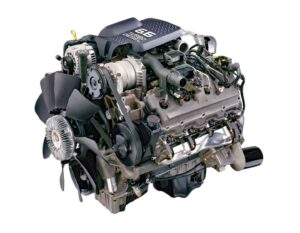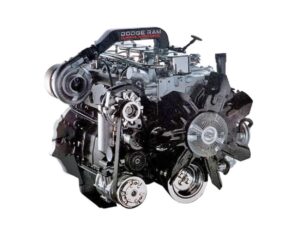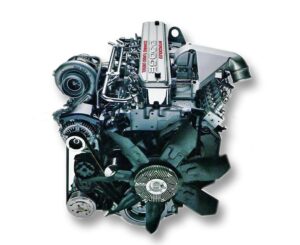The First First-Gens: The Story You Haven’t Heard
On the eve of the release of the Cummins-powered Dodge Ram, Cummins was every bit as nervous as Chrysler was.
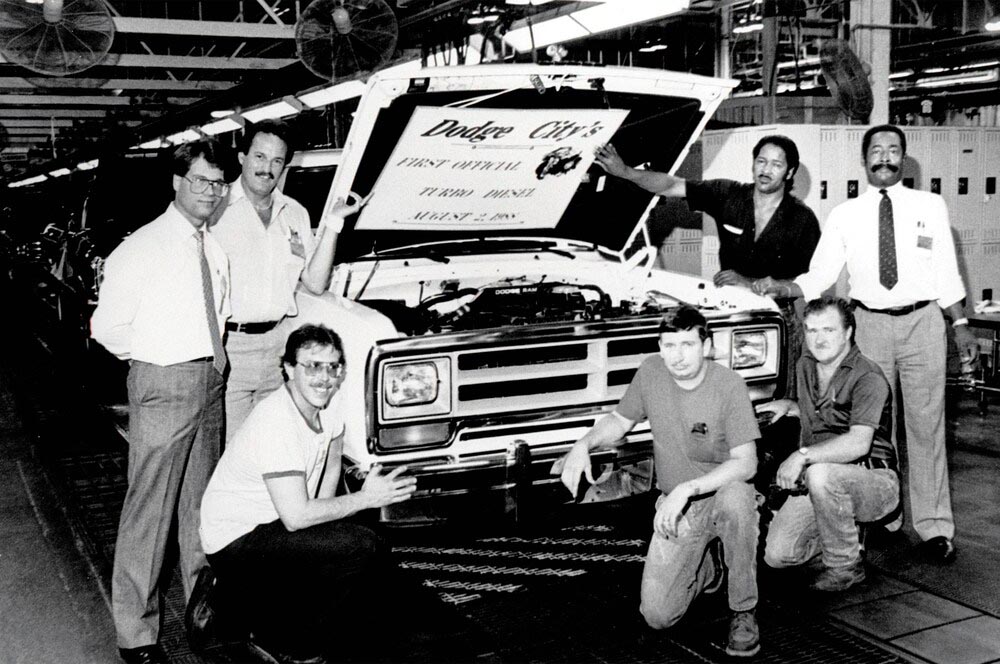
It was 35 years ago this week (August 2, 1988, to be exact) when the first 5.9L Cummins-powered Dodge truck rolled off the assembly line. The 6BT Cummins, an engine born out of the Consolidated Diesel Corporation (CDC) partnership with Case, would bring direct injection, turbocharging, and inline-six architecture to the diesel pickup truck segment—and in doing so would blow away the Ford and GM competition. In pickup truck trim, the all-iron I-6 turned out a class-leading 400 lb-ft of torque and provided an immediate shot in the arm for Dodge truck sales.
Now for a bit of history you’ve never heard…
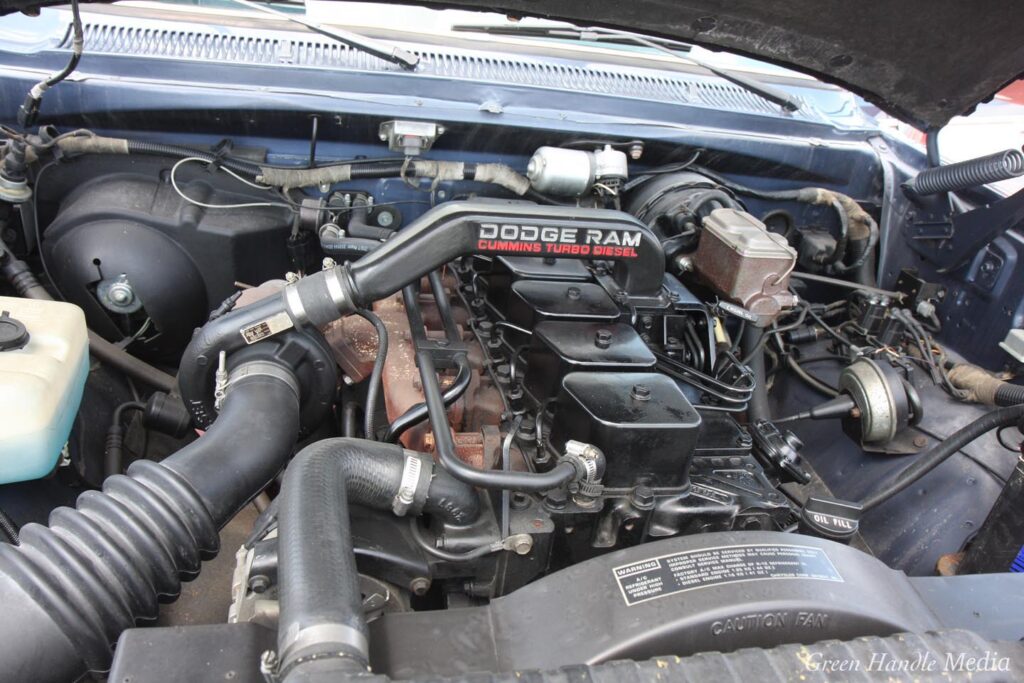
Everyone is familiar with the story of how Cummins saved Dodge trucks, but many don’t know what was actually happening behind the scenes at Cummins in the 1980s. The truth is that Cummins was every bit as nervous as Chrysler was. Years before the deal was made to supply 5.9L engines to the Auburn Hills automaker, Cummins employees that were part of the B-series program were concerned the engine wouldn’t sell in any of its intended markets. The reason? Venturing into light and mid-range engine manufacturing was completely new for Cummins—and smaller engines meant lower margins on parts. This was a big sticking point with distributors, who had grown accustomed to the steady flow of cash that stemmed from selling and repairing the company’s much larger (and highly popular) Class 8 engines.
Quantity And Price Over Quality—A Foreign Concept For Cummins
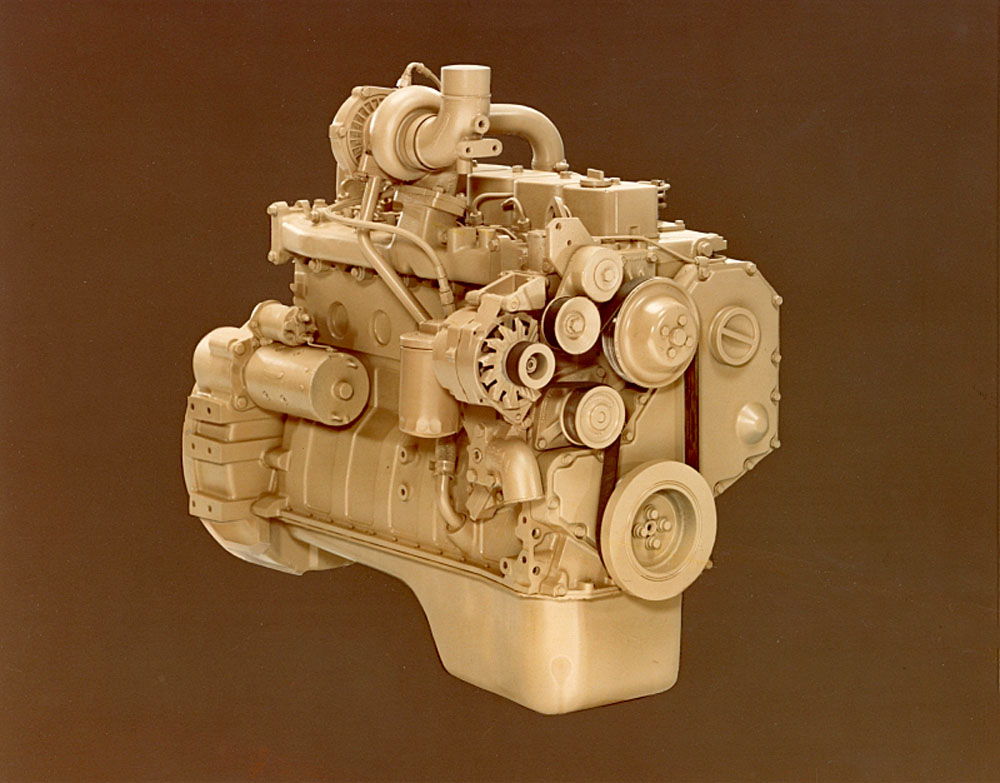
Then there was the fear that smaller, parent bore-type engines wouldn’t last as long as expected in the field. Keep in mind that at this point in time Cummins had once enjoyed 63-percent of the Class 8 engine market. But while Cummins essentially owned the big-rig market (the 855 Big Cam practically sold itself), it didn’t dominate the mid-range segment it was about to enter into. Long story short, Cummins knew the price point for a 6BT would have to be competitive, if not lower, than other mid-range engines—engines which had already proven themselves in the field. Would a cheaper engine, and one potentially void of million-mile durability, put a stain on the Cummins name? Internally, these were significant points of concern.
Last Chance
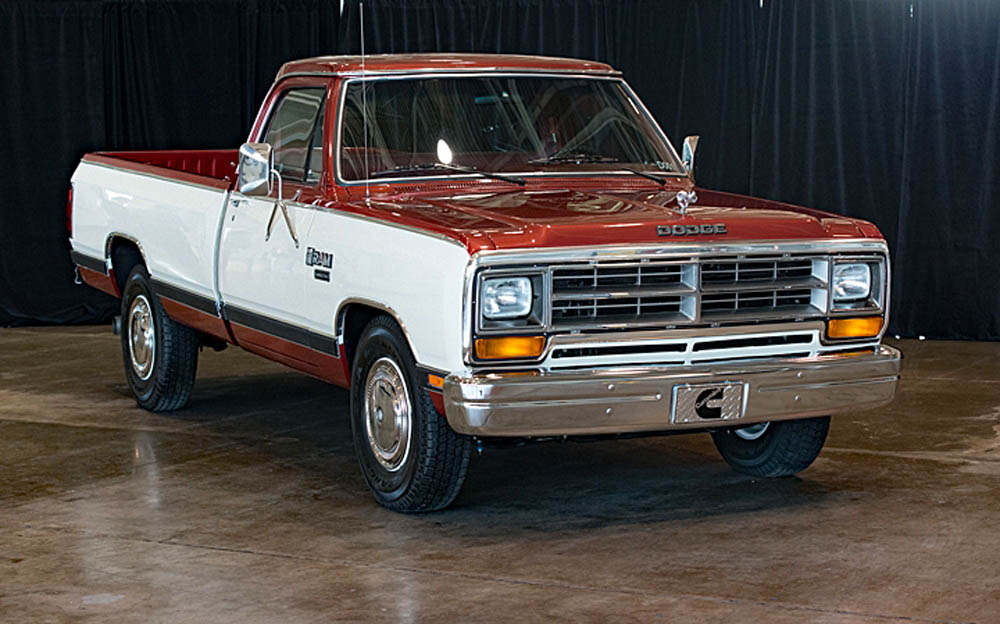
Prior to landing the contract with Chrysler, Cummins was all but desperate to find more buyers for its 5.9L engine. Because the terms of Cummins’ agreement with Case (CDC) stated that each manufacturer had to purchase one half of the engine production output, a high-volume buyer was essential. While Case’s share of B-series engines was destined for farm equipment, Cummins had its work cut out for it—having to spread engines out across various markets (marine, construction, power generation, on-highway, forestry, etc.). To land a “big fish,” Cummins looked to the OEM pickup truck market and pitched its engine to the Big Three. GM and Ford (the latter showing more interest than the former) turned the company away. Chrysler was the only truck maker open to the idea—officially signing on in 1985.
Small Engine, Huge Success

In the end, Cummins’ concerns were unwarranted. Distributors who welcomed the new B (and C) series engines and pushed them out amongst their customers were rewarded handsomely, and the 6BT established itself as one of the most reliable and versatile midrange engines the company ever produced. The late Chuck Grace, owner of Cummins Atlantic, Inc., had this to say regarding the 5.9L Cummins: “Those B (and C) engines were the two most successful engines that ever, ever came out of this place. I mean, you can’t believe how good. They wind up in god-awful places. They’re in wood-chippers. They’re in logging equipment. They’re in the bayous of Louisiana, and in a million places overseas. And you just don’t have any problems with them.”[1]
[1] Cruikshank, Jeffrey L., and David B. Sicilia, The Engine That Could: 75 Years of Values-Driven Change at Cummins Engine Company, Harvard Business School Press, 1997.
35 Years And Counting…

Chrysler’s doubts about its diesel pickup program were proven baseless, too. The automaker, which had narrowly avoided bankruptcy in 1980 and justifiably had plenty of apprehensive marketing executives on its payroll, officially expected to sell 10,000 Cummins-powered ¾-ton and 1-ton trucks. Some company cynics even believed they’d be lucky to sell 5,000. In short order, Chrysler received 19,000 orders, of which it was able to fulfill 17,000 that first model year. Fast-forward 35 years later and more than 3 million Cummins engines have been built and sold (5.9L and 6.7L combined) for Ram trucks. It’s a partnership that represents one of the most successful and longest-lasting associations in the automotive world.

